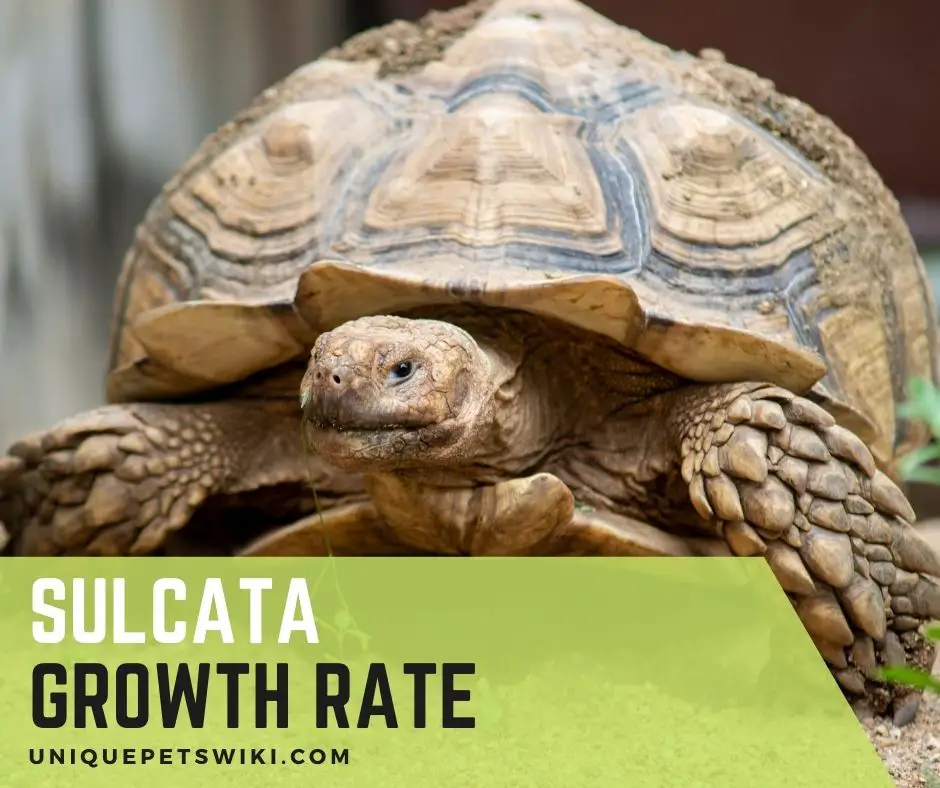Tortoises are longer-lived reptiles. Which means they’ll keep on growing until a certain age. You can have them as pets from childhood and watch them age with you as you grow.
Since they are long-lived animals, growth usually occurs in multiple stages with the fastest growth rate recorded in hatchlings and juveniles and slowing down as they reach sexual maturity.
Although they have a long lifespan, how long yours will live depends on individual species. For the African Spurred tortoise also called Sulcata tortoise, the longest it will live, both in the wild and captivity, is 105years.
With sulcata tortoises that can live that long, at what age do they become adults, and how fast or slow does it take for them to attain sexual maturity?
You might also be wondering, will they ever grow too big to be kept in homes as pets? Are there any factors that can affect their growth rate and size?
These and many more confusing questions about the sulcata tortoise’s growth will be discussed in this article for a better understanding of your pet. Let’s find out together.
This article has been reviewed by Dr. Dilber. Read more about our knowledge control process here.
Contents
Sulcata Tortoise Growth Rate: How Fast Do Sulcata Grow?
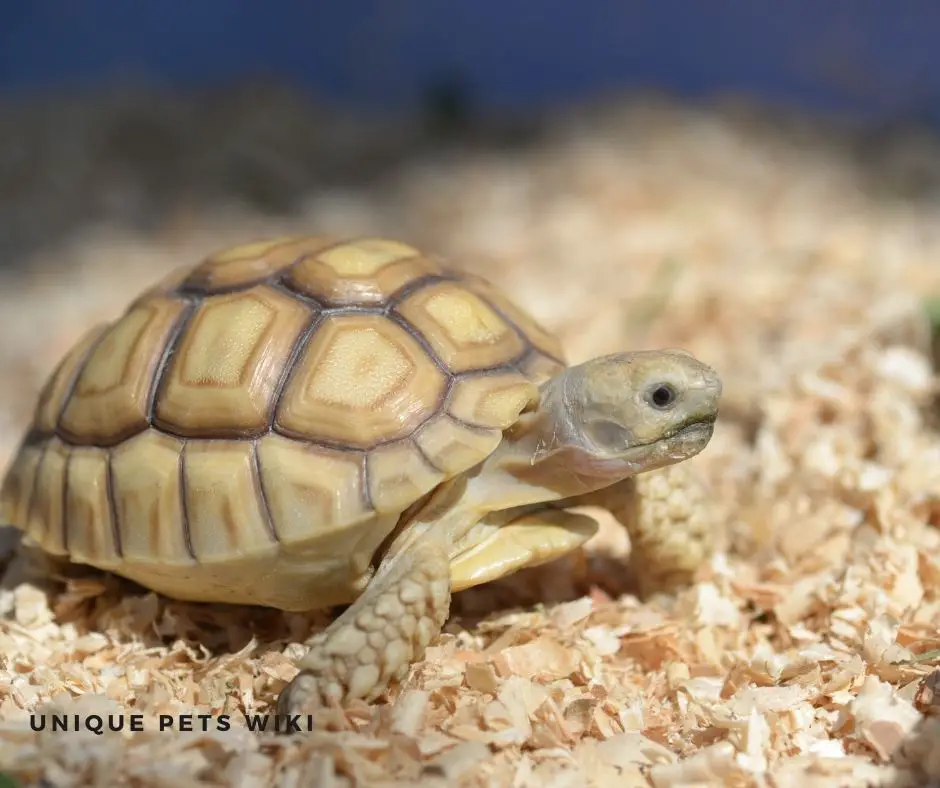
Sulcata tortoises are the third-largest species of tortoises in the world. They are known not just for their relatively large size and weight as they grow, but their fast growth rate especially within their first five to ten years.
As hatchlings, sulcata tortoises measure between 1.5 – 3 inches in the upper shell and weigh about 35 – 40g. Interestingly, in the space of 1 – 2 years, they would measure between 6 – 10 inches and weigh between 800 – 1000g.
Thus, if you’re looking forward to getting this species of tortoise as a pet while they’re still hatchlings or juveniles, you must keep in mind that they can get very big when they grow old.
For this reason, you must be prepared to accommodate your pet when it gets that big.
Sulcata Tortoises Growth Rate
When talking about the growth rate of sulcata tortoises, it would be misleading to suggest or even give out a standard growth rate at all ages and stages of their growth.
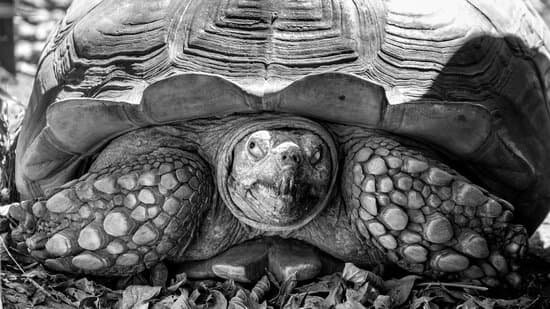
What we would give you in this table as the growth rate are merely estimated averages from our session of interviews with some sulcata tortoise breeders.
The figures here are what these breeders perceived to be the normal range for a healthy and steady growing sulcata.
How fast sulcata tortoises grow and how big they get to at different ages and stages are purely a result of some factors such as diet, quality of food, habitat, environment, and weather conditions.
In a nutshell, how fast and big your sulcata tortoise will grow is dependent on how much you feed it, the quality of the food, its habitat (husbandry), and atmospheric conditions.
Regardless of the fact that sulcata tortoises are known to be the fastest-growing tortoise of all tortoise species, some sulcatas still do not grow fast or they hardly grow at all.
Factors such as poor dieting and poor husbandry can be said to be the reason for stunted growth in some sulcatas. If your tortoise was started on poor nutrition, too cold, or too dry enclosure, then it’ll have issues growing normally at a normal pace.
That said, what is the range your sulcata should measure and weigh at different ages? Let’s find out together in the table below. Keep in mind that this table will guide you to be a good keeper and avoid power feeding your tortoise.
| Sulcata tortoise age | Length (inches) | Weight (Grams) | Weight (Pounds) |
| Hatchling (0-3 weeks) | 1.5 – 2 inches | 35-40g | 0.07 – 0.08 pounds |
| 1 to 2 months | 2 – 2.5 inches | ||
| 3 to 5 months | 2.5 – 3 inches | 58g | 0.12 pounds |
| 6 to 9 months | 3 – 4.5 inches | ||
| 10 to 12 months | 3 – 5.5 inches | 78g | 0.17 pounds |
| 12 to 24 months | 6 – 8 inches | 800 – 1000g | 1.7 – 2.2 pounds |
| 3 to 5 years | 10 inches | 2086g | 4.6 pounds |
| 6 to 9 years | 10.5 inches | 3810g | 8.4 pounds |
| 10 to 12 years | 16 – 20 inches | 7892g | 17.4 pounds |
| 12 to 15 years | 24 – 30 inches | ||
| 15 years + | Growth reduces till it eventually stops |
What Affects Sulcata Grow Rate & Size?
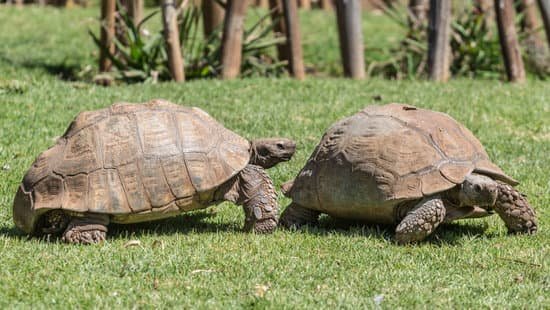
Diet
Dieting is one of the major factors that affect sulcata tortoises’ growth rate, especially in captivity. By dieting, it borders around both, poor dieting and overfeeding.
While poor dieting will result in stunted growth, power-feeding will trigger excessive growth that can lead to obesity. When obesity sets in as a result of overfeeding, it affects the tortoise’s shell.
Keep in mind that being a good keeper to your pet sulcata tortoise translates to ensuring that your tortoise grows at a steady pace with a smooth and consistent shell growth. Anything outside this may cause you unnecessary medical expenses.
That said, sulcata tortoises feed mainly on leaves and grasses both in the wild and captivity.
In captivity, a diet of grape leaves, lawn grasses, mulberry leaves, hibiscus leaves, and flowers are proven to be nutritious for them.
Feeding high proteinous food contents, low fiber diet, high amounts of fruits, and vegetables to your tortoise constitute poor dieting that can affect its growth rate. The fact that sulcata tortoises are herbivores doesn’t mean you should feed them only leaves and vegetables.
Vet comment: Protein is necessary to promote the normal growth of the tortoise. Low proteinous food at a young age can lower or retard its growth. On the other hand, fiber plays an important role in maintaining the digestive health of the tortoise.
For a detailed list of what to feed and what not to feed to your pet sulcata, read our article on its diet.
Read our detailed article on baby sulcata diet to know more.
Enclosure
Proper enclosures are just as important as their diet. You must provide the right size of enclosure and proper accessories to keep your tortoise growing steadily.
When your sulcata tortoise is still a small hatchling, housing it in an enclosure size of 18 x 18 x 12 (18 inches long, 18 inches wide, and 12 inches tall) is ideal. But this will only be ideal for the first 1 – 2 years of its life.
Once your tortoise gets too big, you need to keep changing its enclosure to give it something befitting its size. Failure to do this could cause stress that can affect its growth rate.
Maintaining an appropriate temperature and humidity in the cage is also important. Too dry or too cold enclosure, lack of good UV sources, and poor cage temperature all contribute to retarded growth rate in captive sulcata tortoises.
The maintenance of proper light and temperature in the enclosure is vital to maintain the growth of the tortoise. Low temperature can slow down growth. The vessels, cells, and tissues of the tortoise constrict and maintain internal temperature. As a result, the multiplication of cells and growth retards.
Read our article on its habitat setup for more information on their ideal enclosure size and setup.
Health
The most common disease of pet sulcata tortoises is respiratory infection. For the baby sulcata tortoise humidity level should be 80%. While as they grow humidity should be decreased. 45% to 50% is for adults.
Hence, when its enclosure in captivity is constantly wet making it difficult for the tortoise to keep dry, it’ll lead to respiratory infection.
Other diseases such as metabolic bone disease and pyramiding can also affect the growth rate of your tortoise. Worms and parasitic load also affect the growth of tortoise.
Genes Or Maternal Effects
For better understanding, I’ll refer to genes in this article as maternal effect. What this means is that biological circumstances (maternal effect or genes) decide whether a hatchling sulcata tortoise will grow fast or grow big at all.
In this regard, one of the best-studied and proven maternal effects is egg size. The size of a sulcata tortoise egg when it is laid is determined by the amount of yolk, lipids, water, and shell materials the mother invests into the egg.
These components are used by the embryo for growth and maintenance. Besides using these components for growth and maintenance, they provide the embryo initial source of energy after it hatches.
Although egg size is equally important in determining a hatchling size, it has little effect on growth after hatching.
Typically, if a sulcata tortoise hatches larger in size, it remains larger throughout life, if it hatches smaller in size, it’ll also remain smaller. What this means is that even as an adult the tortoise will not look big enough for its age.
Another maternal effect that can influence the growth rate of a hatchling sulcata tortoise is the incubation temperature of the eggs. This factor is considered indirect because it happens after the eggs are laid. In the wild, it is the female that determines the location of the nest.
In captivity, if the eggs aren’t transported and incubated properly after they’re laid, the environmental temperature at that moment is likely to affect the growth of the tortoises both in the eggs and after they’re hatched.
Sex
Male sulcata tortoises tend to weigh heavier and measure larger than the females although their growth rate remains the same throughout hatchling and juvenile stages. The growth rate tends to slow down after they reach a sexually mature body size and age.
The reason for this change in growth rate is because of a shift in the allocation of energy as the tortoise shifts energy towards the production of reproductive materials. The males tend to be the larger sex and have a faster growth rate than the females.
How To Tell If Your Sulcata Is Underweight?
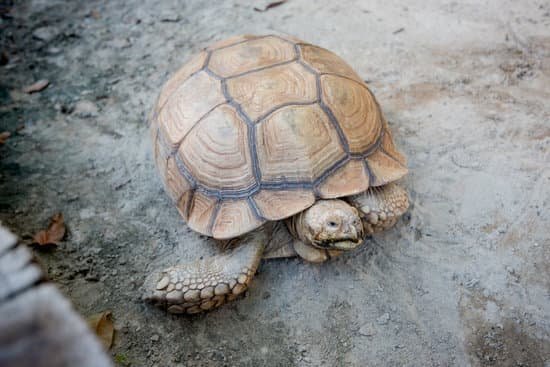
Note that no two sulcata tortoises are the same. Every individual sulcata tortoise will, you can still measure to know if your tortoise is weighing normal or is underweight.
Aside from following the growth chart given above, here are a few ways to check and see if your sulcata tortoise is underweight.
- If your sulcata tortoise feels like a rock or a shell full of water when you pick it up, then he’s healthy and his weight is normal. But if it feels like a shell full of air when you pick it up, then it’s underweight.
- By calculating your tortoise BMI is another sure way to tell if it’s underweight or not. This method is called the ‘Donoghue Ratio’ ; it’s given by the formula SCL cm³ x 0.191 = tWt gr.
To calculate your tortoise weight using this method, measure the Straight Carapace Length (SCL) in centimeters and then multiply what you’ve got by itself three times.
For example, if you have an SCL of 20cm, calculate 20 x 20 x 20. When you’ve gotten the answer, multiply the number by 0.191, and what you’ll have as the final answer is the target weight of your tortoise in grams.
Other signs of underweight include dehydration, dry poops, dry and loose skin. These signs go in line with our first method of checking for underweight sulcatas.
If when handling, your tortoise exhibits these signs, then it is weighing below normal. In some cases, an underweight tortoise may give out thick, ropey mucus secretions from the mouth.
At What Age Do Sulcata Reach Adult Size?
It’s already a fact that sulcata tortoises grow fast especially in their first 5 – 10 years of life.
However, they do not reach adulthood or sexual maturity that early.
Sexual maturity usually marks adulthood which is from the age of 10. At this age, they would weigh about 40 pounds.
Bonus: How Far Will Sulcata Tortoises Venture Outside?
Sulcata tortoises are active reptiles and love roaming within their territory. If taken for a walk, they would walk for miles before getting tired.
Hence, if their enclosure isn’t properly built with high walls that make escaping difficult, an adult sulcata can break out of its enclosure.
That said, if a sulcata tortoise has been out for a few days, weeks, or even months; it could be a long walk away from home.
Wrapping Up
It is without doubt that sulcata tortoises can be stunningly cute as hatchlings and juveniles. These brownish-yellow reptiles usually look tiny and adorable while they’re still juveniles.
However, what some first-time keepers did not see coming is the fact that within a space of a few months to 2 years these tortoises will become so big it will be like having a huge box in your home.
When it gets to this size, it’ll need a room of its own. Hence, if before getting it as a pet and you didn’t realize how big it would get, you may have to release it and become sad doing so.
That is why this article is designed to walk you through the growth rate of sulcata tortoises.
On the flip side, you may see stunted growth in your tortoise that’ll get you worried about what is wrong with it. From this article, you can see the factors that contribute to slow growth in sulcata tortoises.
Poor husbandry may also be a cause for stunted growth. A situation where the tortoise started its life dry enclosure or dry environment.
As hatchlings, they do not need to be kept in an enclosure that is too dry or too cold. If this happens, it can affect their growth rate for the rest of their life.
